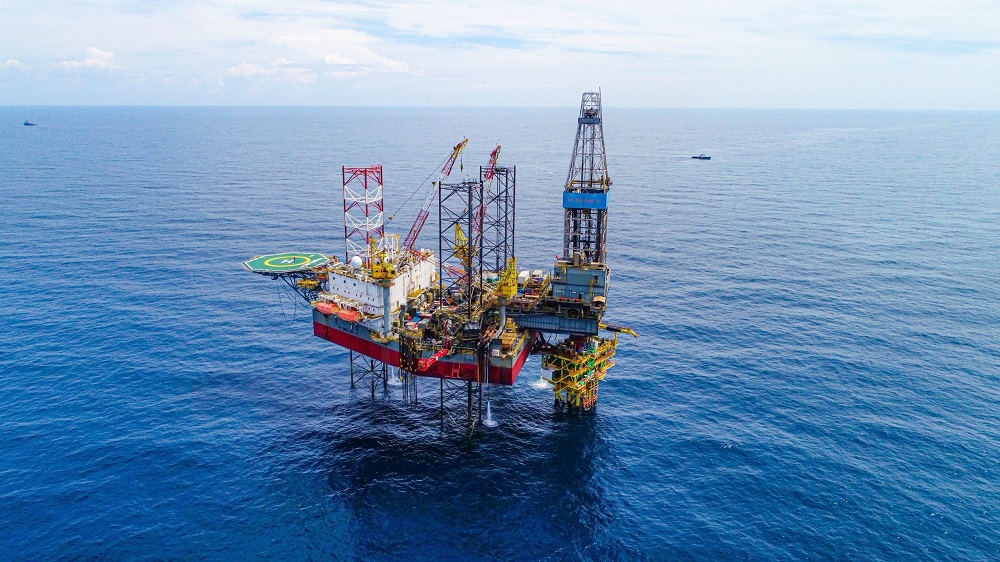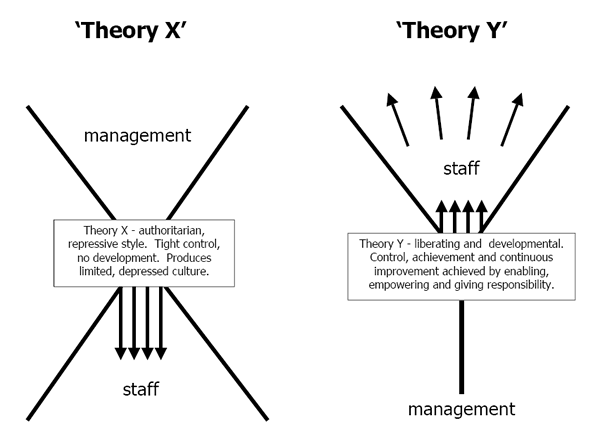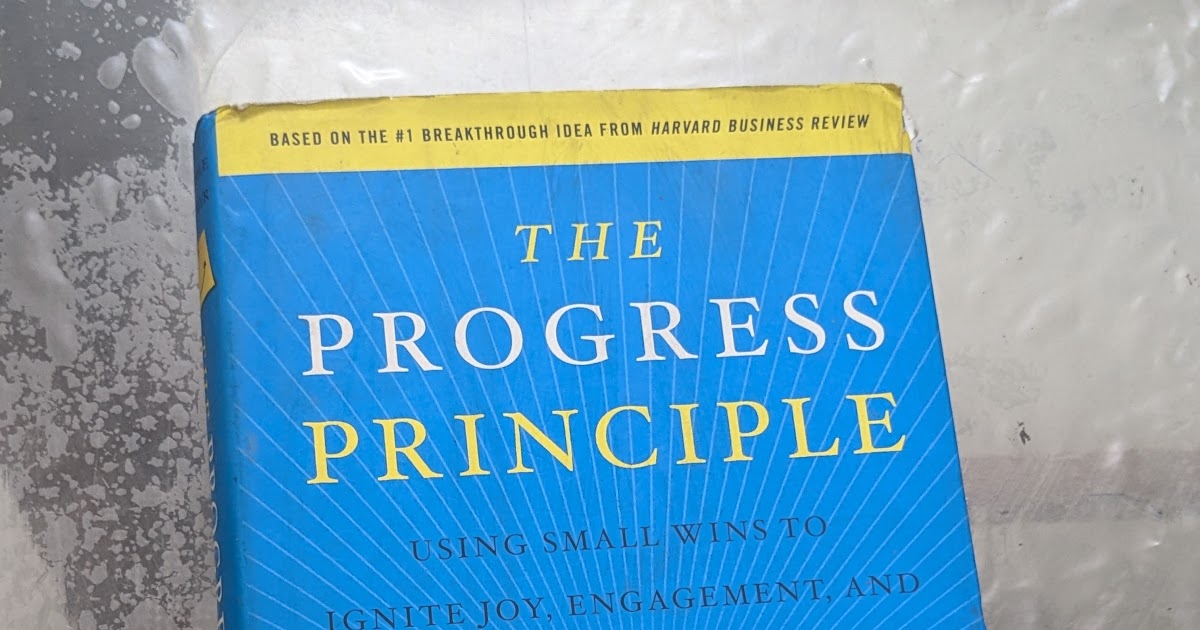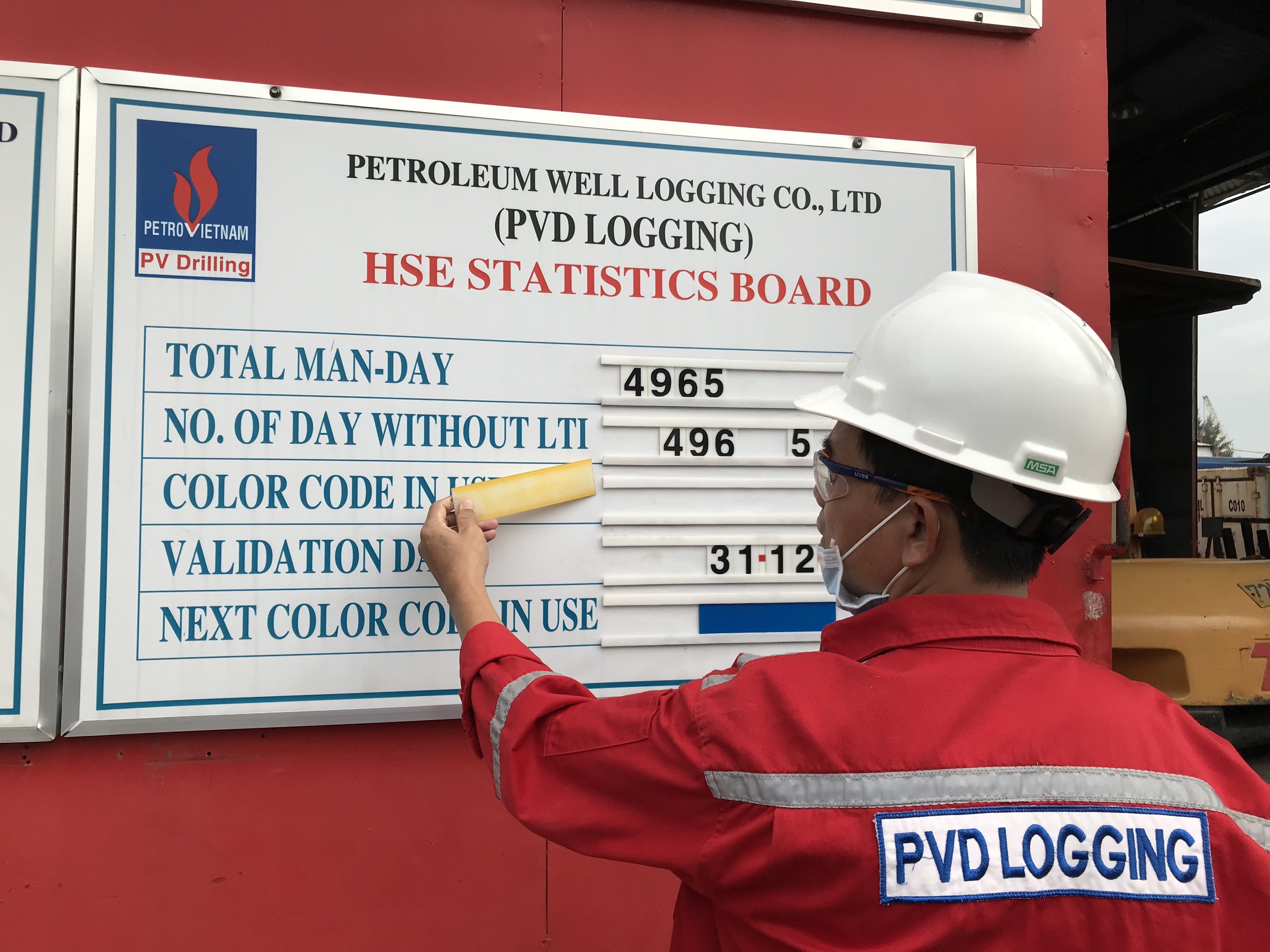Executive Summary
The Uncomfortable Truth: Your organisation's reliance on Heinrich's Pyramid and Theory X management isn't just outdated—it's actively increasing your exposure to catastrophic events. After Deepwater Horizon, Texas City, and Piper Alpha, the oil & gas industry cannot afford to cling to 1920s safety theories that confuse personal safety metrics with process safety risks. The Progress Principle and modern neuroscience offer proven alternatives that reduce incidents while treating workers as humans, not problems to control. Scratchie provides the practical bridge from punitive compliance to positive culture—and your board needs to hear about it before the next preventable disaster strikes.
Part I: The Seductive Lie of Heinrich's Pyramid
Herbert Heinrich's pyramid theory has achieved near-religious status in oil & gas safety management. Walk into any offshore platform's safety office, and you'll likely see that familiar triangle: 300 near-misses, 29 minor injuries, 1 major injury. It's elegant. It's simple. It's intuitive.
It's also dangerously wrong.
The pyramid's allure stems from its promise of control. It tells executives that by reducing slips, trips, and falls, they're preventing the next blowout. It provides measurable metrics that look impressive in board presentations. It offers the comforting illusion that safety is a numbers game—reduce the base, shrink the peak.
But here's what Heinrich never told you: his data has never been peer-reviewed. His research, based on 1920s insurance claims from manufacturing, bears zero resemblance to modern high-energy oil & gas operations. More critically, the assumption that all incidents share similar root causes has been empirically disproven.

The Deepwater Horizon Reality Check
The Macondo well blowout in 2010 should have killed Heinrich's theory forever. BP's Thunder Horse platform celebrated seven years without a lost-time incident while catastrophic process safety failures accumulated unseen. The focus on personal safety metrics—those base-of-the-pyramid slips and trips—created a false sense of security while complex socio-technical failures aligned toward disaster.
Eleven people died not because someone failed to hold a handrail, but because the industry's safety philosophy fundamentally misunderstands causation in complex systems. A worker's minor cut shares no causal pathway with a blowout preventer failure, yet Heinrich's pyramid treats them as related phenomena.
The Institutional Inertia Problem
So why does this "sticky" theory persist? Three reasons dominate:
- Simplicity sells: The pyramid fits on a PowerPoint slide and requires no statistical understanding
- Blame deflection: When 88% of accidents are attributed to "unsafe acts," management escapes scrutiny
- Sunk costs: Decades of training, systems, and certifications built on Heinrich create massive resistance to change
The result? Your organisation continues investing millions in behaviour-based safety programs while process safety risks—the ones that actually kill people and destroy companies—remain unaddressed.
Part II: Theory X—Heinrich's Authoritarian Twin
Heinrich's focus on "unsafe acts" spawned an equally pernicious management philosophy: Theory X. This approach, crystallised by Douglas McGregor in 1960, assumes workers are lazy, unmotivated, and require constant surveillance to perform safely.
Sound familiar? It should. It's the operating system for most oil & gas safety programs.

Theory X manifests through:
- Punitive reporting systems that discourage near-miss disclosure
- Surveillance-heavy "behaviour-based safety" programs
- Mountains of procedures assuming workers can't think
- Blame-focused incident investigations
- The treating of experienced professionals like children who need constant supervision
The Devastating Cultural Impact
This authoritarian approach creates exactly what it claims to prevent. Workers hide incidents to avoid punishment. Innovation dies because deviation from procedure brings consequences. The adversarial relationship between management and workforce ensures critical safety information never travels upward.
Research from high-reliability organisations proves that psychological safety—the ability to report errors without fear—is essential for preventing catastrophic failures. Theory X systematically destroys psychological safety in pursuit of compliance.
In offshore operations, where split-second decisions during non-routine operations can prevent disasters, Theory X's rigid control structures become lethal. When workers fear punishment more than hazards, when compliance matters more than competence, you've created the perfect conditions for the next major accident.
Part III: The Progress Principle—Your Science-Based Alternative
While oil & gas clings to Heinrich and Theory X, Harvard Business School professor Teresa Amabile spent a decade discovering what actually drives human performance. Her research, analysing 12,000 daily diary entries from knowledge workers, revealed a breakthrough: progress in meaningful work is the single most powerful motivator.
Not fear. Not money. Not compliance. Progress.

The Neuroscience Revolution
Modern brain imaging confirms what Amabile discovered: when people experience progress and recognition, their brains release dopamine, creating positive associations with work tasks. This isn't feel-good fluff—it's hard neuroscience. The same reward pathways that Theory X tries to activate through fear are far more powerfully engaged through achievement and recognition.
The Progress Principle operates through:
- Catalysts: Clear goals, autonomy, adequate resources, and learning from failure (not punishment)
- Nourishers: Respect, encouragement, and recognition that uplifts rather than controls
Applied to safety, this means celebrating hazard identification rather than punishing rule violations. It means recognising proactive risk mitigation rather than counting days without incidents. It means treating your highly trained workforce as professionals seeking excellence, not problems requiring surveillance.
Self-Determination Theory Reinforces the Message
Parallel research in Self-Determination Theory (SDT) identifies three basic psychological needs: autonomy, competence, and relatedness. Traditional safety management violates all three. The Progress Principle satisfies all three. The choice should be obvious, yet institutional inertia prevails.
Part IV: Scratchie—Your Practical Bridge to Progress
Here's where theory meets reality. Scratchie translates the Progress Principle and SDT into practical workplace tools that oil & gas organisations can implement without dismantling existing systems.
How Scratchie Transforms Safety Culture
Instead of punishing violations, Scratchie enables instant recognition for positive safety behaviours. When a worker identifies a hazard, completes a critical procedure correctly, or helps a colleague work safely, supervisors can provide immediate recognition through the app.
The neuroscience is deliberate: immediate dopamine release creates powerful positive associations with safety behaviours. Workers begin seeking opportunities to work safely, not because they fear punishment, but because their brains literally reward them for it.
Addressing Oil & Gas Specifics
For offshore platforms: Remote awards mean control room operators can recognise field operators instantly. Even in explosion-proof zones, the system works.
For drilling operations: Recognise successful pressure tests, proper mud weight calculations, and effective barrier management—the process safety behaviours that actually prevent blowouts.
For logistics: Transform vehicle monitoring from surveillance to recognition, celebrating safe driving rather than only flagging violations.
The Data Advantage
Scratchie's LLM-powered analytics identify patterns invisible to traditional systems. Which crews proactively report more hazards? What recognition patterns correlate with reduced incidents? Where are your cultural bright spots and shadows?
This isn't about replacing existing systems—it's about adding the positive reinforcement layer that makes them effective.
The Business Case Your Board Needs
Companies using Scratchie report:
- 28% improvement in safety attitudes
- 96% of workers prefer recognition-enabled workplaces
- 20-30% reduction in incidents within six months
- Improved retention in tight labour markets
For oil & gas, where a single major accident can cost billions and destroy companies, the ROI is self-evident.
The Choice Is Yours
The oil & gas industry stands at a crossroads. You can continue genuflecting before Heinrich's pyramid, maintaining Theory X controls, and hoping the next Macondo happens to someone else. Or you can embrace what neuroscience and organisational psychology have proven: positive reinforcement through progress creates safer, more productive workplaces than fear ever could.
Scratchie offers a low-risk way to test this transformation. Start with one platform, one rig, one site. Run a three-month pilot. Measure everything. The results will speak louder than any theory.
The question isn't whether you can afford to try something new. After nearly a century of preventable disasters, the question is whether you can afford not to.
Your workers deserve better than 1920s management theory. Your shareholders deserve better than preventable catastrophes. Your conscience deserves better than knowing you could have acted but didn't.
The pyramid is crumbling. Will you be trapped beneath it, or will you help build something better?
Ready to challenge the status quo? Contact Scratchie for a confidential discussion about piloting positive recognition in your operations. Because the next major accident doesn't have to happen.
James Kell is CEO and Co-founder of Scratchie, a workplace recognition platform transforming safety culture across high-risk industries. A former construction executive, he's spent 20 years witnessing the failure of traditional safety approaches and the last four building the solution.










.svg)
